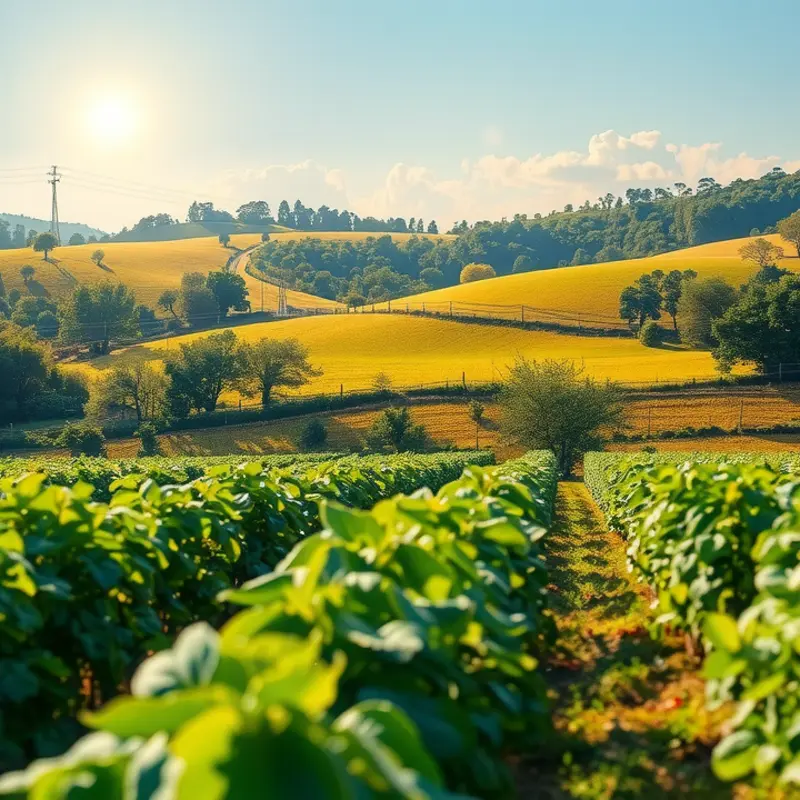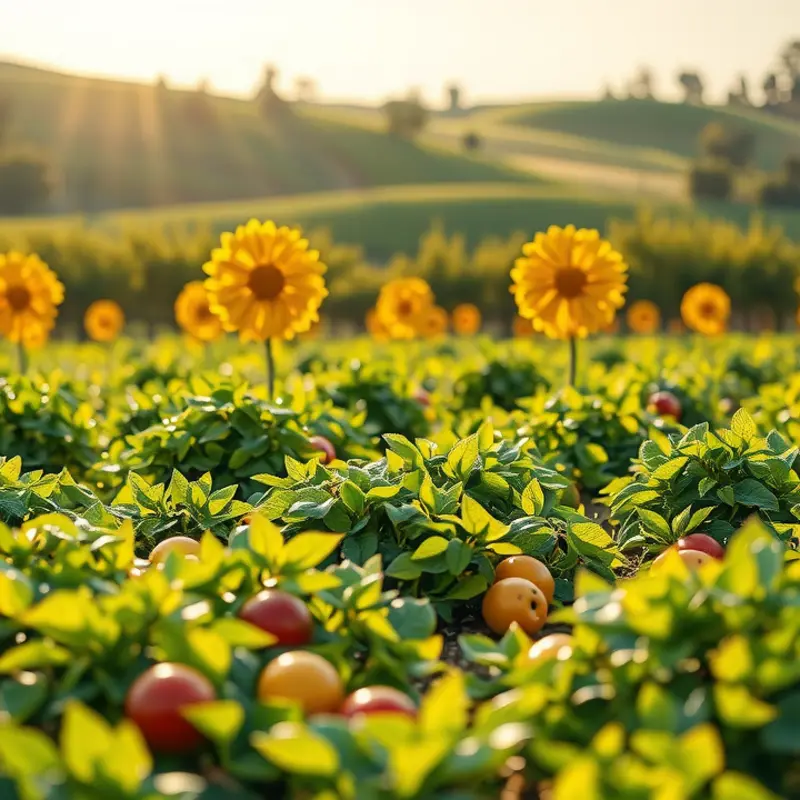Around the world, street desserts serve as delicious reflections of local customs and traditional flavors. From the bustling markets of Bangkok to the vibrant stalls of Mexico City, these sweet delights not only satisfy cravings but also tell stories rooted in culture. As we explore these edible treasures, we will indulge our senses and uncover the rich history and uniqueness of traditional street desserts that define their regions.
Asian Delights: A Mosaic of Flavors

Asian street desserts offer a sensory journey through diverse textures and flavors, where each bite reveals a story of culture and tradition. Thailand enchants its visitors with coconut-centric delicacies prevalent in markets and street corners alike. The sweet indulgence of khanom krok, a type of coconut rice pancake, is a testament to the Thai mastery of balancing sweet and savory. Made with a flour base enriched by creamy coconut milk, these tiny treats are cooked in a unique iron pan with small indents, creating a crisp outer shell while the inside remains luscious and soft.
Travel further, and you’ll encounter Malaysia’s kuih lapis, a captivating layered dessert. This treat is a labor of love and patience, with each vibrant layer painstakingly crafted from coconut milk, rice flour, and pandan leaves, ingredients common in Southeast Asian cuisine. As you peel each layer, the aromatic essence of pandan mingles with subtle sweetness, elevating its status beyond a mere dessert to a cultural icon that graces many Malaysian festivities.
In Vietnam, the streets are alive with offerings of banh kep, or Vietnamese crepes, which blend crisp textures and sweet fillings. The art of making these crepes lies in the artful pouring of the batter onto a sizzling skillet, ensuring a paper-thin finish that crackles with each bite. Commonly filled with coconut cream or bananas, they offer a perfect balance of sweetness and crunch, embodying the culinary creativity found in Vietnamese street cooking.
Integral to these desserts are the local ingredients that define their unique flavors. The ubiquitous coconut, a staple in many Asian desserts, offers a creamy, fragrant base, while pandan leaves infuse creations with a distinct aroma and green hue. This deep connection to native resources not only highlights culinary ingenuity but also speaks to the sustainable practices rooted in these communities.
The cultural significance of these sweets cannot be understated—they transcend mere confectionery to become symbols of heritage and identity. Often made in homes and shared during festivals, these desserts are steeped in traditions passed down through generations. They evoke nostalgia and communal spirit, as many families gather to prepare them, bonding through shared recipes and delightful anticipation.
For those seeking to bring these flavors to their own kitchens, exploring ingredient substitutions and preparation techniques can open new culinary doors. To enhance flavors without adding salt, you might explore flavor boosters to achieve that authentic taste.
Embarking on this sweet journey through Asia, one discovers more than mere taste; it’s an immersion into the rhythm of local life. With every bite—be it a creamy coconut pancake, a layer of kuih, or a crisp crepe—the story of Asia’s vibrant street culture is told. Each dessert captures the colorful mosaic of flavors that reflect the region’s diverse culinary heritage, leaving an indelible impression on all who indulge in the experience.
Latin American Treats: A Celebration of Textures

Latin America’s vibrant street dessert culture offers a rich tapestry of textures and flavors. These desserts are deeply rooted in both indigenous ingredients and the influence of colonial history. Each treat narrates a story of union and joy. In every corner of this diverse region, you’ll find sweets that embody shared celebrations and moments of togetherness.
Consider Brazil’s brigadeiros, a beloved party staple that demonstrates the Brazilian spirit of joy and camaraderie. These bite-sized wonders are made from condensed milk, cocoa powder, and butter, rolled in chocolate sprinkles. The result is a decadent, rich indulgence that melts in your mouth. Brigadeiros are more than just a treat; they are a manifestation of festive spirit and community bonding.
In Argentina, alfajores capture the heart of Argentineans with their soft crumbly exterior and sweet, luscious center. These sandwich cookies are filled with dulce de leche and sometimes coated with chocolate or dusted with powdered sugar. The origin of alfajores can be traced back to the Moorish occupation of Spain, showcasing how historical and cultural exchanges are embedded in each bite. They are often shared among friends and family during tea or after a satisfying meal, highlighting the essence of connection and tradition.
Peru offers another textural marvel with picarones, deep-fried dough made from a pumpkin and sweet potato base. The dough is shaped into rings and fried, then served drizzled with chancaca syrup, a sweet and fragrant molasses-like syrup. The crisp exterior gives way to a soft, airy interior, creating a dance of flavors that is nothing short of exquisite. Picarones are common in street fairs and outdoor markets, inviting passersby to indulge in the sweet delight while mingling with locals.
In Mexico, churros provide an experience of crunch and warmth. These fried dough pastries are often sprinkled with sugar and cinnamon, or filled with cajeta (a type of caramel), and enjoyed with a hot chocolate drink. Churros hold a special place in Mexican culture, often being the go-to snack in both morning and evening street markets. The simple pleasure of biting into a churro, with a warm, gooey center, connects people as they shop, chat, and share stories.
The diversity of desserts across Latin America is a testament to the region’s rich cultural tapestry. From markets to festivals, these sweet treats foster a sense of unity. Each dessert highlights local traditions and brings people together in shared enjoyment. The sweetness offered by Latin American street desserts not only satisfies the palate but also serves as a reminder of the rich history and cultural bonds that define these societies.
For more insight into how culinary influences shape traditional foods, you might find it interesting to explore culinary influences through trade.
Final words
As we wrap up this tantalizing exploration of traditional street desserts, it’s clear that each sweet offers more than just indulgence; they provide a window into the heritage and heart of their cultures. These desserts foster community connections and nostalgia, weaving together generations through shared tastes and aromas. By savouring these delights, we not only please our palates but also embrace the rich narratives simmering within every bite, enticing food lovers and curious culinary souls alike to keep discovering and celebrating the world’s diverse concoctions.








